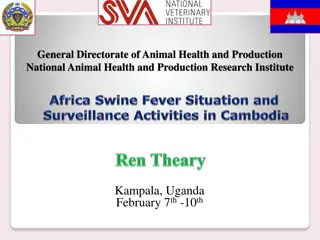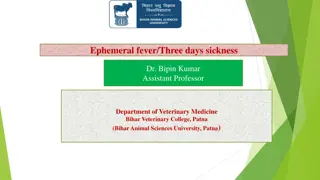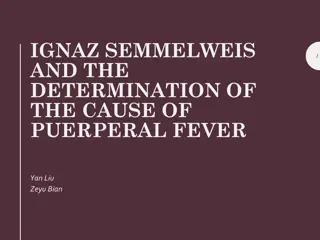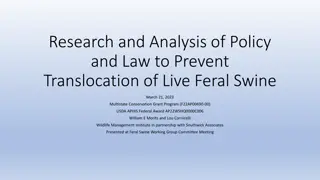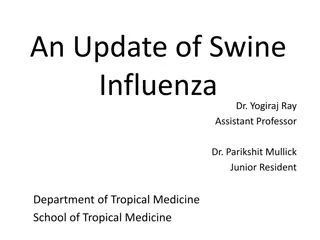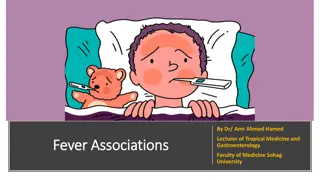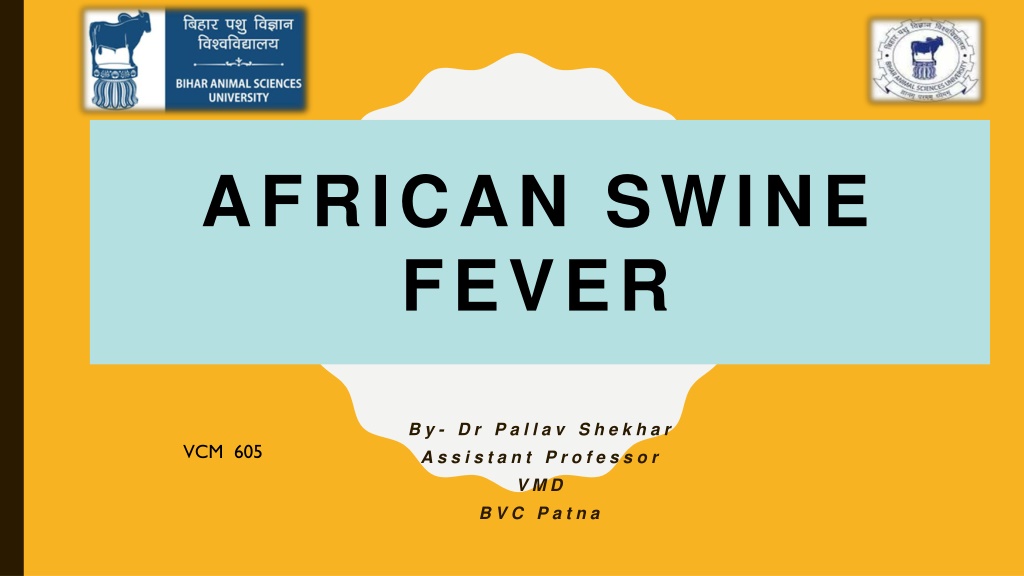
Understanding African Swine Fever Outbreak in India
Learn about the recent outbreak of African Swine Fever (ASF) in India, its impact on the pig population, transmission routes, and preventive measures. ASF does not affect humans but is devastating for pigs. Stay informed to protect the pig farming industry and prevent further spread of the disease.
Download Presentation

Please find below an Image/Link to download the presentation.
The content on the website is provided AS IS for your information and personal use only. It may not be sold, licensed, or shared on other websites without obtaining consent from the author. If you encounter any issues during the download, it is possible that the publisher has removed the file from their server.
You are allowed to download the files provided on this website for personal or commercial use, subject to the condition that they are used lawfully. All files are the property of their respective owners.
The content on the website is provided AS IS for your information and personal use only. It may not be sold, licensed, or shared on other websites without obtaining consent from the author.
E N D
Presentation Transcript
AFRICAN SWINE FEVER B y - D r P a l l a v S h e k h a r A s s i s t a n t P r o f e s s o r V M D B V C P a t n a VCM 605
AFS African Swine Fever (ASF) does not affect humans but can be catastrophic for pigs. The current outbreak of ASF in India is the first time that the disease has been reported in the country. In September 2019, the outbreak of the disease swept populations in China which is the largest exporter and consumer of pork leading to large-scale cullings. through pig
INTRODUCTION African Swine Fever (ASF) hit India in early this year in Assam and Arunachal Pradesh. Commonly confused with Classical Swine Fever.
India has long borders with China, Myanmar and Nepal, therefore, the border Indian states need to remain alert on the movement of live pigs and pork products in to their territory. In this regard, the people in the border areas, especially in the North-east, require to be adequately sensitized . Swill feeding, both from the domestic kitchens and from restaurants, as stated in the 2019, advisory, is considered to be one of the major risks for the introduction and spread of the virus.
INTRODUCTION In India ASF inters through Tibet into Arunachal Pradesh and then into Assam. Assam government decided to ban the slaughter and sale of pork awaiting test results of samples that were sent to the National Institute of High Security Animal Diseases (NIHSAD) in Bhopal. It was later confirmed that the samples were positive for ASF. According to the World Organisation for Animal Health (WOAH), between 2018 and 2019, the disease spread was notified in three countries in Europe and 23 countries in Africa.
ASF is a severe viral disease that affects wild and domestic pigs typically resulting in an acute haemorrhagic fever. The disease has a case fatality rate (CFR) of almost 100 per cent. Its routes of transmission include direct contact with an infected or wild pig (alive or dead), indirect contact through ingestion of contaminated material such as food waste, feed or garbage, or through biological vectors such as ticks.
CLINICAL MANIFESTATION The disease is characterised by sudden deaths in pigs. High fever, depression, anorexia, loss of appetite, haemorrhages in the skin, vomiting and diarrhoea among others. It is differentiated from Classical Swine Fever (CSF), whose signs may be similar to ASF, but is caused by a different virus for which a vaccine exists.
Source Internet
TREATMENT AND CONTROL No treatment available

